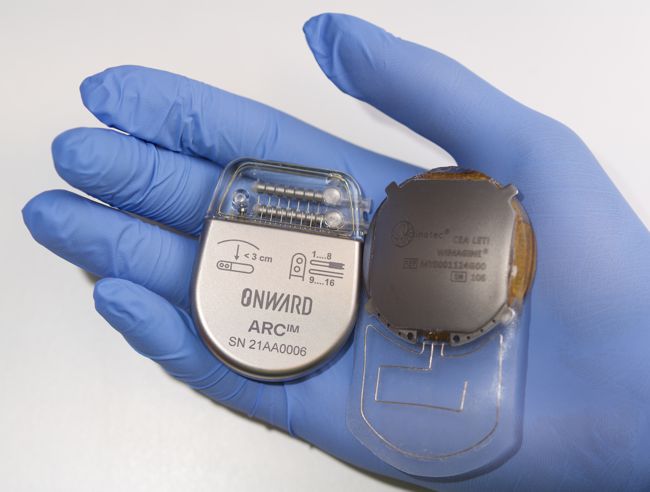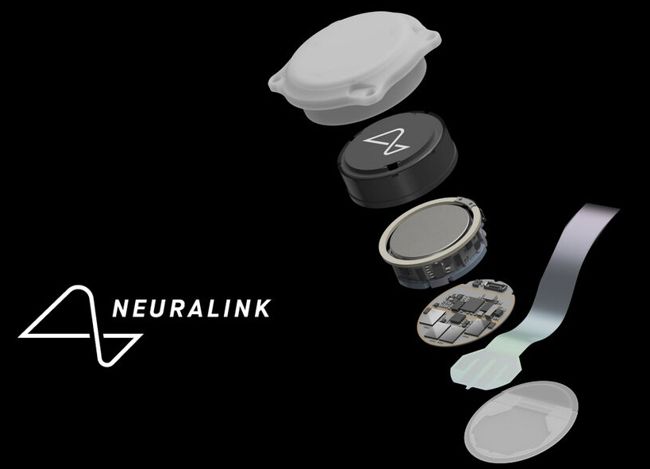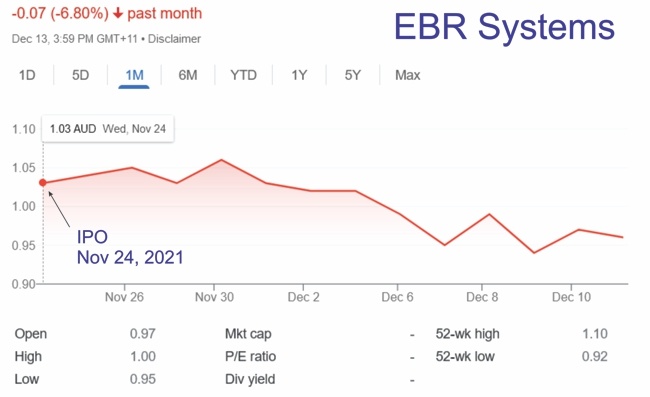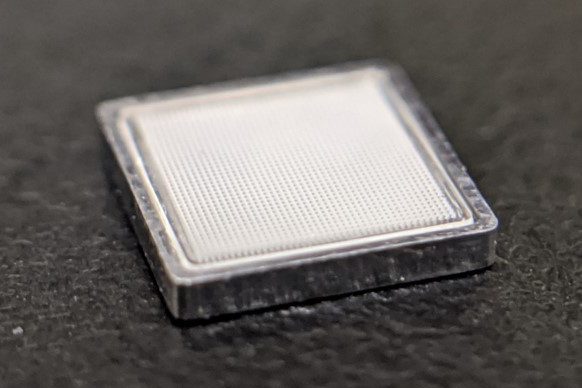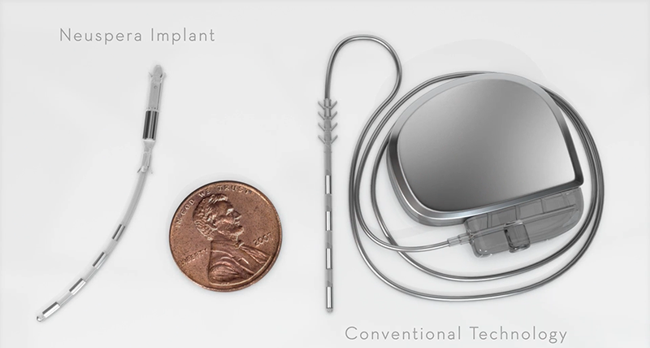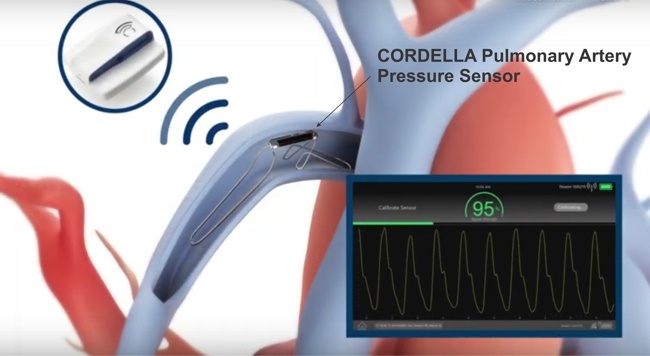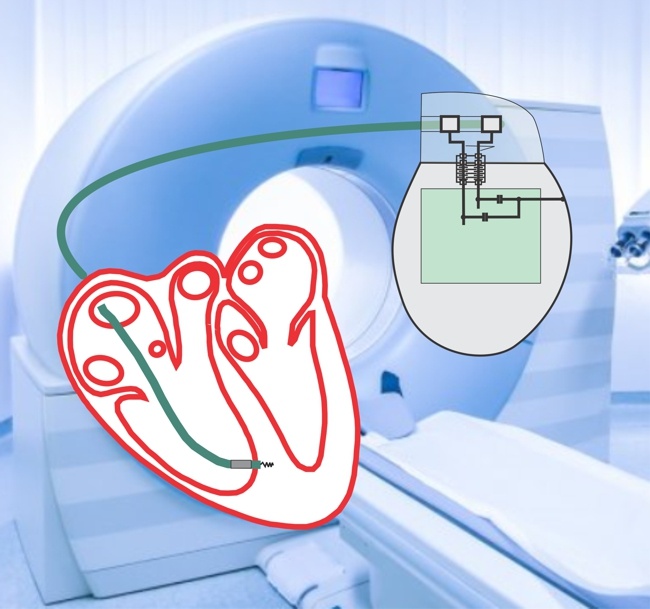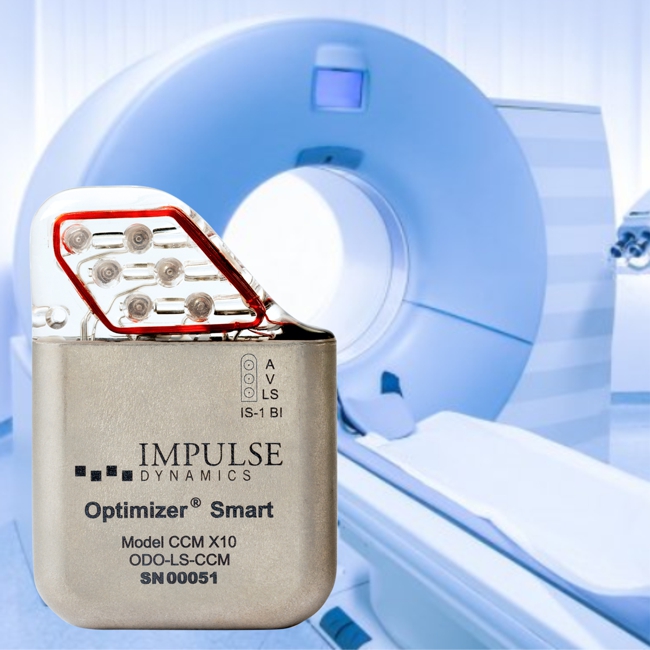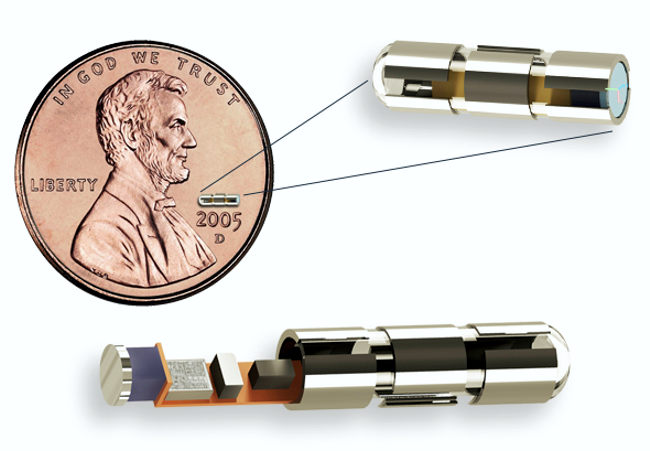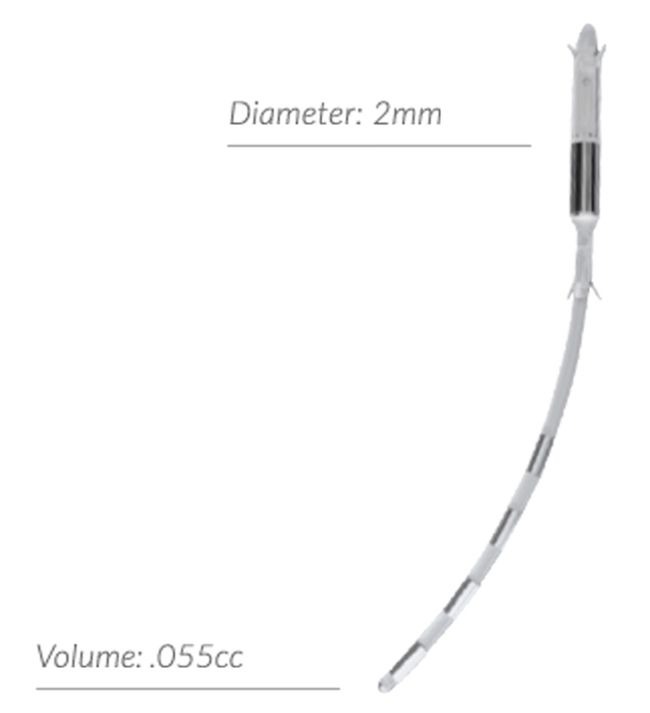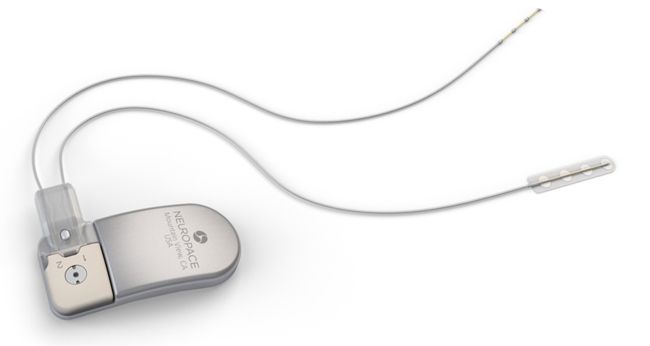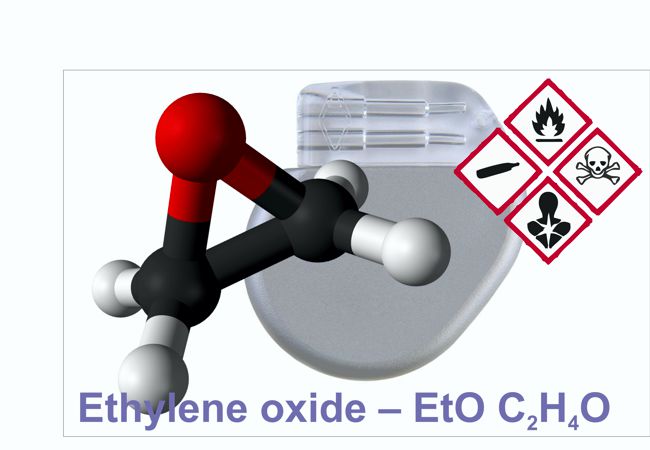
Impulse Dynamics, the company for which I am the CTO, announced that FDA has approved full-body MRI-conditional labeling for the OPTIMIZER Smart Mini IPG. According to the announcement:
“The Optimizer Smart Mini system delivers the company’s proprietary CCM® therapy. This conditional approval expands the product labeling to allow for full-body magnetic resonance (MRI) diagnostic imaging with 1.5 and 3.0 Tesla (T) scanners. The approval for use with full-body MRI covers new patients adopting CCM therapy as well as existing Optimizer Smart Mini users.”

